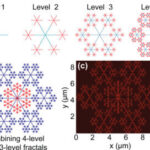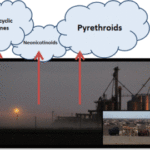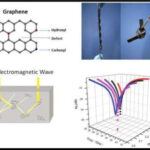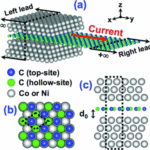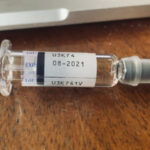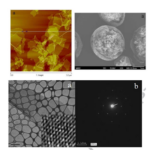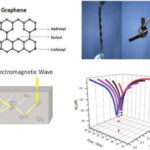November 18, 2024 Graphene, Scientific alternative studies
Is this just a strange coincidence (like the other anagram, Moronic), or is it another piece in this attempt to destroy all of humanity ?
Only time will tell.
Oncomir, a tumor-associated microRNA. Is it just an odd coincidence ?
It has been almost three years since I wrote this article.
Once again, it seems to have hit the mark.
Unfortunately, it certainly wasn’t hard to predict.
December 1, 2021
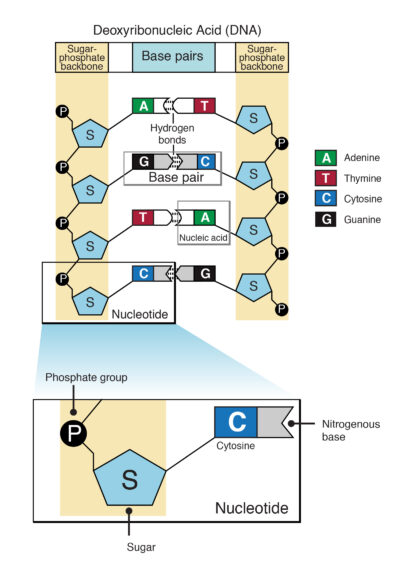
An oncomir is a microRNA that is associated with a tumor.
MicroRNAs are small RNA molecules approximately 22 nucleotides in length.
Essentially, microRNAs target specific messenger RNAs (mRNAs) to prevent the translation of a specific protein.
Dysregulation of certain microRNAs (oncomirs) has been associated with specific tumorigenic events (oncogenes).
Numerous oncomirs have been identified in various tumor types.
Oncomirs are associated with carcinogenesis, malignant transformation and metastasis.
Some are oncogenes in the sense that gene overexpression leads to tumor growth.
Others are oncosuppressors, genes that encode products that inhibit cell cycle progression and protect cells from the accumulation of potentially cancerous mutations.
Oncogenes cause cancer by down-regulating genes through mechanisms of translational repression and mRNA destabilization.
These downregulated genes may encode proteins that regulate the cell’s life cycle.
Oncomirs can be increased or decreased in cancerous tissues.
In the case of increased oncomir activity, oncomirs are likely to be silencing a tumor suppressor gene.
If oncomirs are underexpressed, the regulation is weakened, allowing the cell to proliferate freely.
Viruses have also been found to have miRNAs that mimic parts of natural human regulatory miRNAs.
One example is the Epstein-Barr virus (EBV), which is associated with several types of cancer.
The first link between miRNAs and tumor growth was reported in 2002 when researchers observed downregulation of miR-15a and miR-16-1 in patients with B-cell chronic lymphocytic leukemia.
The term is a portmanteau of “oncogenic” + “miRNA” coined by Scott M. Hammond in a 2006 paper characterizing OncomiR-1.
Some tumors may be “oncomir-dependent”, i.e. a constant level of oncomir is required to keep the tumor alive.
This is demonstrated by the inactivation of the oncomir miR-21.
Mice expressing miR-21 developed tumors of the pre-B malignant lymphoid type.
After inactivation of miR-21, the tumors regressed completely.
This addiction is part of a more general phenomenon involving oncogenes that is known as “oncogene addiction“.
Potential Clinical Applications of miRNA
Studies have been conducted to evaluate the efficacy of microRNAs as potential markers for cancer diagnosis.
MicroRNAs have shown promise in this area due to their stability and ability to distinguish healthy cells from cancerous cells.
A recent study investigated the use of miRNAs as biomarkers in pancreatic ductal adenocarcinoma, a type of pancreatic cancer.
The study analyzed RNA from biopsied pancreatic cysts to identify changes in miRNA expression.
The same study found that 228 miRNAs were expressed differently than in normal pancreatic cells.
Among the findings was an association emerged between hepatocellular carcinoma and the de-expression of miR-92a, a member of OncomiR-1.
Extracellular microRNAs (exRNAs) may also be useful for the clinical diagnosis of cancer.
For example, in a study of patients with a type of lymphoma called diffuse large B-cell lymphoma (DLBCL), serum levels of three microRNAs, miR-21, miR-155 and miR-210, were higher in cancer patients than in healthy individuals.
In particular, patients with high miR-21 expression had a higher probability of relapse-free survival.
A table listing tumor types and associated candidate exRNA biomarkers can be found in this study.
OncomiR-1
The oncomiR-1 miRNA cluster is one of the best characterized mammalian oncogenic miRNA clusters.
The oncomiR-1 gene, also known as mir-17-92, encodes a single mRNA transcript that folds into six stem loops.
Several cancer-associated oncogenes are generated from these stem loops, including miRNAs 17, 18, 19a, 20, 19b and 92.
The miRNAs of the OncomiR-1 line have been shown to inhibit cell death, so that increased expression of oncomir-1 leads to tumor formation.
OncomiR-1 products inhibit the expression of the transcription factor E2F1, which can affect apoptosis through the ARF-p53 pathway.
It is estimated that there are several hundred target mRNAs for each miRNA, suggesting the presence of many additional potential targets for the OncomiR-1 line.
OncomiR resources and databases
Currently, three online databases are available for the collection and annotation of oncogenic and tumor miRNAs :

OncoMir Cancer Database : online database providing access to microRNA expression data based on microRNA sequencing
miRCancer: microRNA cancer association database
Oncomir: a collection of microRNA expression databases
List of identified Oncomirs
miR-15
miR-16
miR-17
miR-18
miR-19a
miR-19b
miR-20
miR-21
miR-92
miR-125b
miR-155
miR-569
miR-196b
Properties and mechanisms of some of the currently known oncomeres
MicroRNA-17, or miR-17, is a member of the OncomiR-1 family and was one of the first microRNAs identified as an oncogene.
miR-17 has been confirmed as a target of the cell cycle transcription factor E2F1, a protein that promotes not only cell growth but also cell death.
MicroRNA-19, or miR-19, is a member of the OncomiR-1 family and consists of three sub-classifications in both humans and mice: mir-19a, mir-19b1 and mir-19b2.
miR-19 has been shown to downregulate phosphatase and tensin homolog (PTEN), effectively increasing the activity of the PI3K-Akt signaling pathway that promotes cell survival.
MicroRNA-21, or miR-21, is a specific Oncomir that replicates rapidly in human cancers.
Increased microRNA-21 has been found in a wide range of cancers, including glioblastoma, breast cancer, colorectal cancer, lung cancer, pancreatic cancer, skin cancer, liver cancer, gastric cancer, cervical cancer, thyroid cancer, and various lymphatic and hematopoietic cancers.
It has been shown to down-regulate the tumor suppressor PDCD4, thereby promoting cancer dissemination, intravasation and metastasis.
MicroRNA-155, or miR-155, is an oncomir that is frequently overexpressed in human cancers.
In breast cancer, it has been identified as a target of the gene encoding for a protein called suppressor of cytokine signaling 1 (SOCS1).
Recent research suggests that miR-155 negatively regulates SOCS1 and therefore may be a therapeutic target for breast cancer.
Overexpression of this microRNA in breast epithelial cells leads to downregulation of a tumor suppressor gene.
Cell growth is increased.
A strong association has been found between miR-569 and the chromosomal locus 3q26.2, which is amplified in some breast cancers.
Altered expression of the miR-569 gene has been shown to affect the growth and proliferation of breast epithelial cells.
Ectopic expression of miR-569 has been shown to lead to cancer cell proliferation and metastasis.
This is due to the inhibition of TP53INP1, a tumor suppressor gene, by miR-569.
Compared to normal tissue and less malignant tumors, lower levels of TP53INP1 are found in more invasive tumors, presumably due in part to the role of miR-569.
Anti-Oncomir
Anti-Oncomir are a class of microRNAs that negatively regulate oncogenes.
Let-7 is the first anti-cancer cytokine identified that functions as a post-transcriptional gatekeeper of certain genes that control cell growth.
In lung cancer, for example, some oncogenes are down-regulated by Let-7, allowing normal cell progression to be maintained.
Other anti-oncogenes, including miR-143 and miR-145, have been shown to inhibit a wide range of cancer cell lines.
Tumor formation has been observed when miR-143 and miR-145 are downregulated, particularly in colon and gastric cancer cells.
When expressed in colon cancer cells, miR-143 and miR-145 are able to slow growth at the translational level by interfering with MAPK7, an enzyme responsible for cell growth.
In therapeutics, chemical devitalization (i.e. artificial modification) of miR-143 and miR-145 may prove to be a more effective option than their natural counterparts.
In particular, the modified miRNAs may be more resistant to nucleases that would otherwise degrade them.


